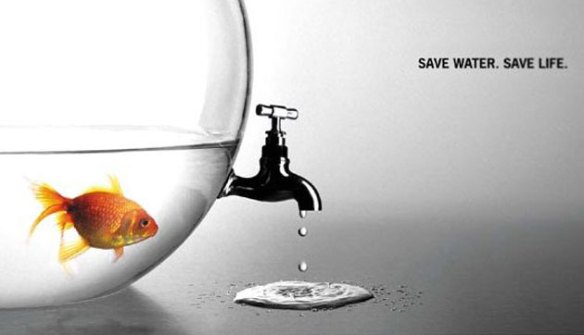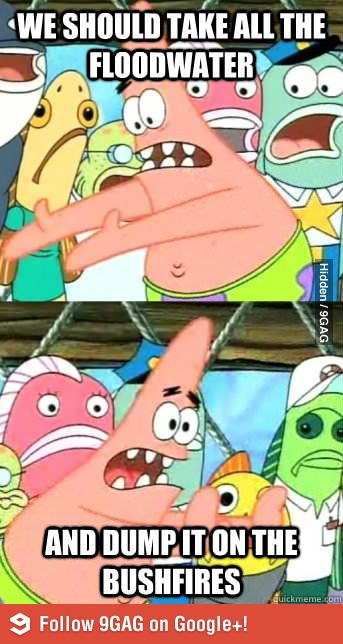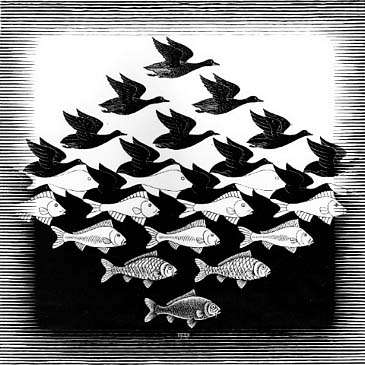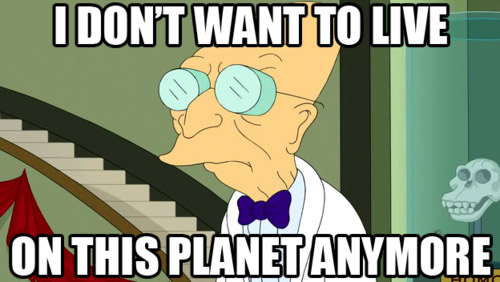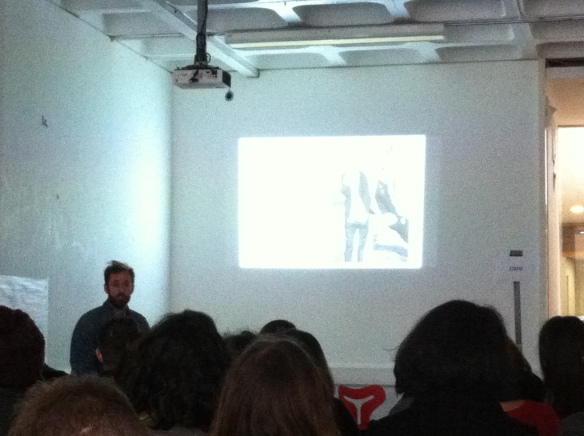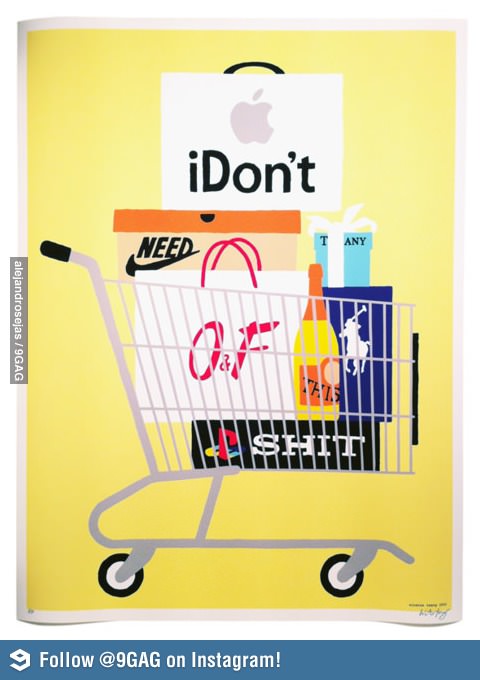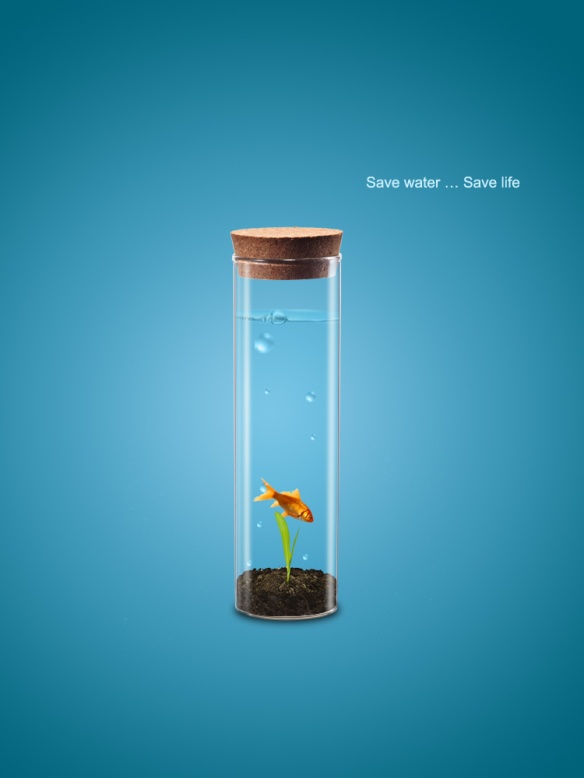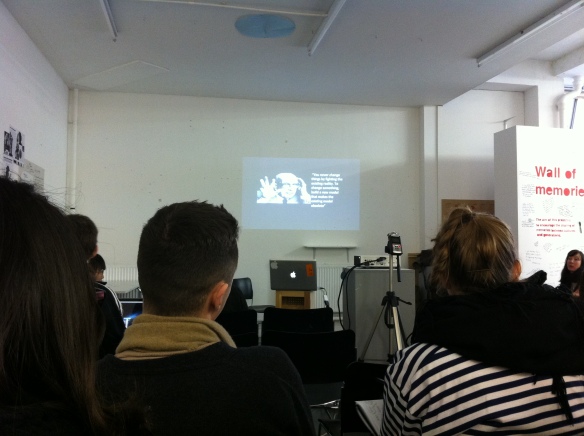
The first speaker in the talk was an artist Silas Birtwistle, who obviously had a very different way of seeing a project from designers like us.
His project was created a table that was made out of drift wood. He explained that the project was just a nice idea and later he put it into context with environmental reasons.
He talked about making the connections between the sea and land using the drift wood. But also made connections with people, especially the people from around the world that collect the wood from their beaches. Also the money that is raised from the selling of the table is going to go back to these communities, so there is some charity involved.
He talked about all the materials that he used were collected from the ocean but he also looked at what the communities used as materials.
What I got from these talk was that we have look at materials maybe from the sea, but especially organic materials to create our outcome that represents the ocean. Also the way he talked about his process of having the idea then finding a really strong context was interesting.
The next part of the talk was by a sailor Jo Royle, who now looks into the damage that plastic is doing to the ocean. Her talk was so interesting and had so being shocking facts. One point she said was people on small islands that only use very organic materials and aren’t really damaging the environmental are still dealing with the effects of the plastic problems, as it is washing up on their beaches.
Another shocking point, she talked about Gyres that are points in the ocean where the wind goes round in giant cycles. But this is where the plastic is being collected and created plastic islands that float on the ocean. To think that there is such a massive build up of plastic in the ocean is shocking that it can form something that people would call island.
Another important point was the discussion she had about the amount of plastic that is wasted. For example toothbrushes are even in the ocean. They can be made up of 5 plastics and 250 different chemicals, but these can’t be used again. So that plastic will just be waste in the world for hundreds of years. Also the plastic in ear bubs that is used for a couple of seconds will then be in the world for around two hundred years.
The effect of plastic in the ocean is effecting the wildlife as much fish and mammals just eat what they can. People think the plastic that’s in the ocean goes away but it just thins out and becomes smaller so it’s easier for the fish to eat. Also if they are eating it, we are eating it.
Also from the fish eating plastic it is hurting them in other ways, scientists have found that male swordfish are having female swordfish eggs because of the plastic.
The last point from these talk is that people need to think about what plastics are being used for different items and is it the right kind of plastic.
The last talk was a film maker Jack Price for produced a film for green peace called The Last Fishman. Showing the importance of local fisherman still being allowed to fish and keeping it local. They are much more sustainable than when a big brand fishing for example as they know that part of the sea as normally their family has always looked after it.
